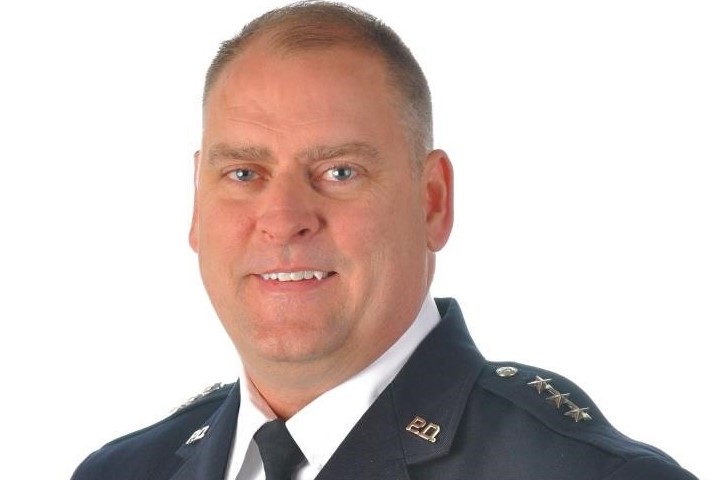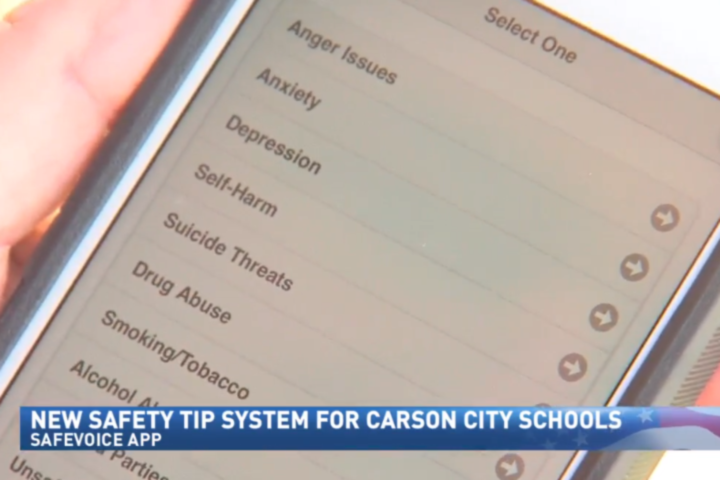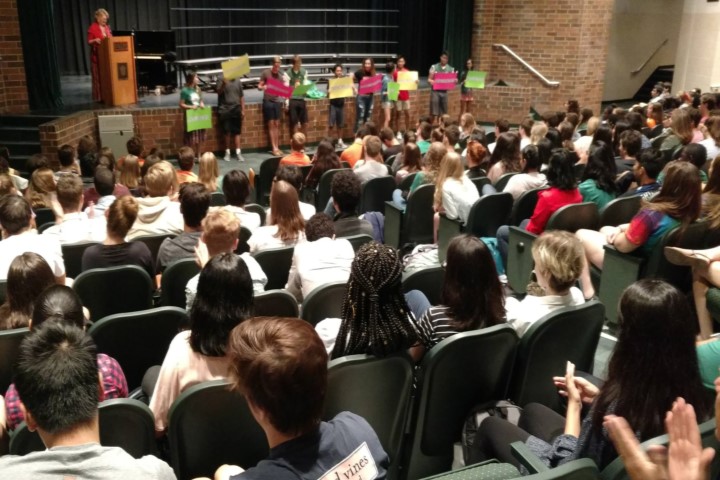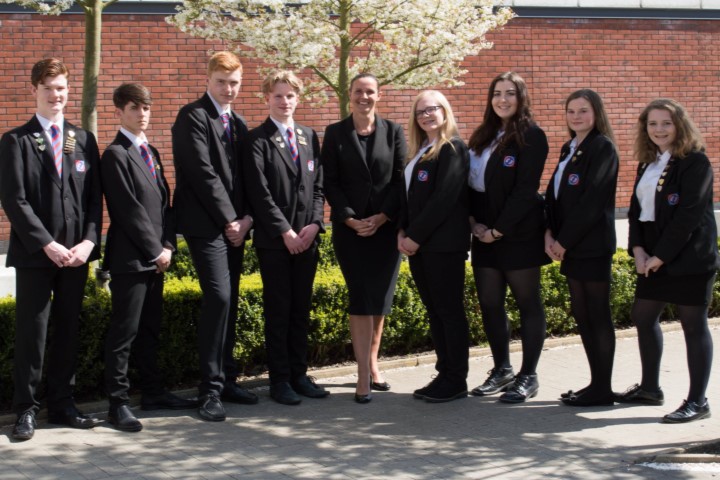The Oregon Department of Education launched a task force to delve deeper into bullying, and find creative ways to reduce incidents in the state’s schools.
The Advisory Committee on Safe and Effective Schools for All Students involves students, parents, teachers, lawmakers and advocates working together to review and draft policy recommendations schools can use to improve school culture, KEZI reports.
A major component of that effort is to solicit feedback from students across the state about ideas and issues in their schools, and to present the findings to the State Board of Education, lawmakers and the governor.
Oregon Department of Education director Colt Gill told the news site students are the ones who will ultimately change the dynamic in schools to prevent bullying, and it’s important to listen to their perspective.
“The way we formalize it at the educator level when we’re always stepping in and solving these problems for them doesn’t prepare them to be able to solve these problems on their own, both in school and once they’re in the workplace, as well,” Gill said.
The Advisory Committee on Safe and Effective Schools for All Students also wants to collect data from schools to track how early identification and intervention practices can address bullying before it escalates.
Much of the work, Gill said, centers on acceptance, and teaching students to embrace diversity.
“School is the one place when we’re all together, and we need to learn to respect one another and value what each person brings to the school,” Gill said.
Grandmother Jan Savelich told KEZI she’s encouraged by the focus on acceptance.
Savelich said she believes in “teaching our kids to love one another and to be kind in spite of our differences and maybe learn to love people because of our differences too.”
Researchers with the Institute for Advanced Studies in Culture at the University of Virginia examined some of the root causes of bullying as part of a broader look into character education in a variety of different schools.
In “The Content of Their Character,” a summary of the findings, researchers noted that parents are skeptical about the ability of schools to address moral dilemmas, in part because educators would rather avoid hot topics.
“This failure to provide a fully developed and broadly coherent moral message was partly due to public school teachers’ reluctance to opine on controversial issues,” editors James Davison Hunter and Ryan S. Olson wrote, adding many refrain from “providing serious direction on what was right and what was wrong.”
The work in Oregon and elsewhere to better understand the perspective of parents, teachers, students and others on issues like bullying and online harassment will undoubtedly help to shape a more coherent and uniform response to the problems plaguing schools.
Another step in that direction is the state’s Safe Oregon campaign, a free tip line service for public and private K-12 schools designed to give students an anonymous way to report safety threats or possible acts of violence.
The SafeOregon.com website also offers resources for schools, students and parents working to make their communities safer.










